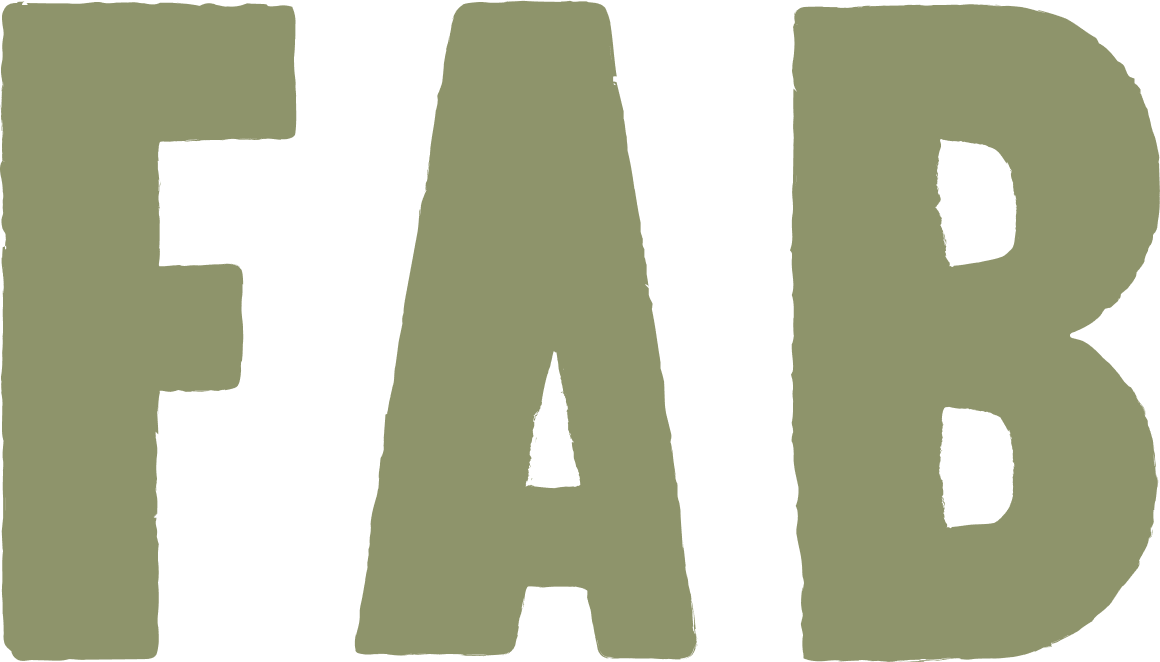In the world of sparkling wine, a quiet rebellion has been bubbling away. It’s a style that’s a little bit wild, sometimes cloudy, and always full of character. It’s called Pét-Nat, and while it might seem like the new cool kid on the block, its roots are the deepest of all.
What is Pet-Nat?
Pet-nat is a sparkling wine made using the méthode ancestrale, or ancestral method. This ancient technique involves bottling the wine before fermentation has completed, allowing the natural sugars in the wine to continue fermenting in the bottle. This process creates bubbles without the need for added carbon dioxide. The result is a naturally effervescent wine that can be slightly cloudy due to the yeast still in suspension. Unlike traditional sparkling wines, pet-nat is often bottled with a crown cap rather than a traditional cork and cage, and it may or may not be disgorged (a process to remove sediment).
The allure of pet-nat lies in its minimal intervention approach: it’s often made with organic or biodynamic grapes and is typically unfiltered and unsulfured, which allows the wine’s natural characteristics to shine through.
Historical Roots of Pet Nat
The origins of pet-nat can be traced back nearly 500 years. According to legend, the méthode ancestrale was first discovered by a monk at the Benedictine abbey of Saint-Hilaire in France in the 1500s. He noticed that wine he had bottled before it had fully fermented began to form bubbles as it re-fermented in the bottle during warmer weather. This accidental discovery laid the foundation for what would eventually be known as pet-nat.
The style experienced a resurgence in the 1990s when winemaker Christian Chaussard in the Loire Valley rediscovered the méthode ancestrale and began experimenting with it. His work, and the subsequent adoption of the style by other Loire Valley winemakers, helped revive interest in this ancient method, which now enjoys a renewed popularity among contemporary wine enthusiasts.
The Key Difference: How It’s Made
The fundamental difference between Pét-Nat and other sparkling wines lies in the fermentation process.
-
Pét-Nat (The Ancestral Method): One single, continuous fermentation that starts in a tank and finishes in the bottle. It’s a direct, raw, and less predictable method.
-
Champagne (The Traditional Method): Two separate fermentations. A still base wine is made first, then a mixture of sugar and yeast is added to each bottle to start a second fermentation, which creates the bubbles and complex flavours.
-
Prosecco (The Tank Method): Also uses two fermentations, but the second one takes place in a large, pressurized tank to preserve fresh, fruity flavours efficiently.
What Should I Expect It to Taste Like?
This is part of the adventure! Because it’s a less controlled, minimal-intervention method, styles can vary wildly. Generally, you can expect a wine that is fresh, fruit-forward, and often less aggressively bubbly than Champagne. You might find notes of crisp apple, zesty citrus, and sometimes a savoury, yeasty, or cider-like complexity that is incredibly food-friendly.
Why is My Pét-Nat Cloudy? The Sediment Question
One of the first things newcomers notice is that many Pét-Nats are cloudy, with a layer of fine sediment at the bottom. This is not a flaw; it's a hallmark of authenticity.
The cloudiness is simply the natural, harmless yeasts from the fermentation. Because the wine is unfiltered and unfined, these lees remain in the bottle, contributing to the wine's texture and flavour. It’s a visual cue that you’re drinking a natural, living product made with minimal intervention.
Producer Spotlights: The Artisans Behind the Bubbles
The resurgence of Pét-Nat is driven by passionate, often small-scale producers who are committed to this hands-off approach.
Vin De Soif
Alistair Blackwell and Tobias Ansted, the duo behind Vin De Soif, produce small-batch pet-nats in Heathcote, Australia. Their approach to winemaking emphasizes minimal intervention and organic farming. Vin De Soif’s pet-nats, such as their blend of Viognier, Marsanne, and Riesling, are lightly spritzy and bursting with zesty, citrusy flavors. The use of the méthode ancestrale ensures that these wines retain their fresh, vibrant character, while their low turbidity fermentation process results in a cleaner style of pet-nat. Vin De Soif’s focus on Rhône varietals and playful, approachable wines makes their pet-nats a refreshing addition to the category.

A Story of Revival
The growing popularity of Pét-Nat is more than just a trend; it's a return to authenticity. It’s a celebration of a historical method that allows the wine’s natural character to shine through, without the polish and intervention of more modern techniques.
For anyone seeking a unique, natural, and utterly delicious sparkling wine experience, Pét-Nat offers a delightful journey.
Every bottle is carefully packed by our team at our Sydney warehouse and delivered Australia-wide. We offer free delivery on all orders over $200.
Want to stay in the loop and continue your discovery? Join our mailing list and get 10% off your first order.
Explore Our Full Collection of Organic Pet-Nat & Pétillant Naturel>




